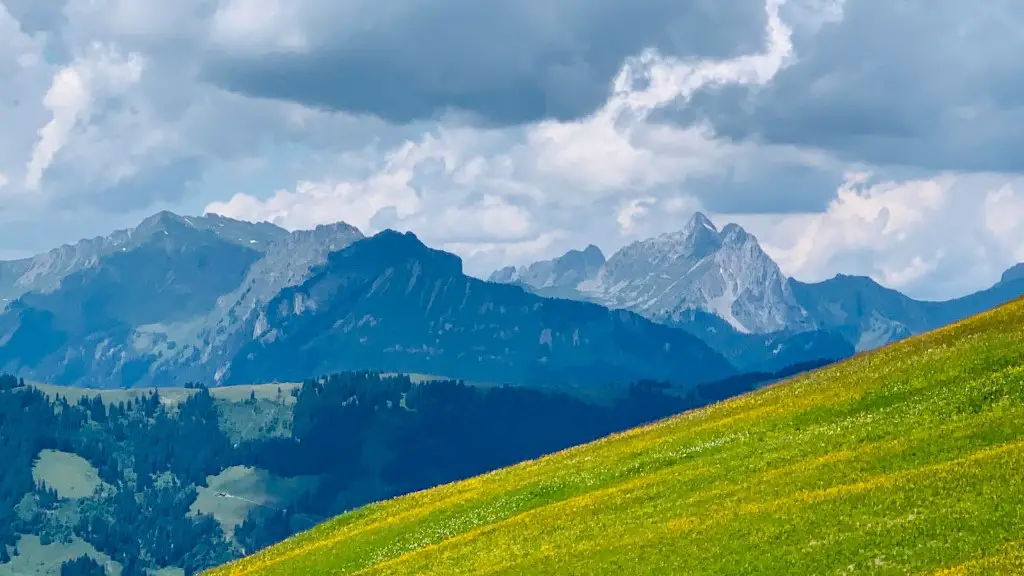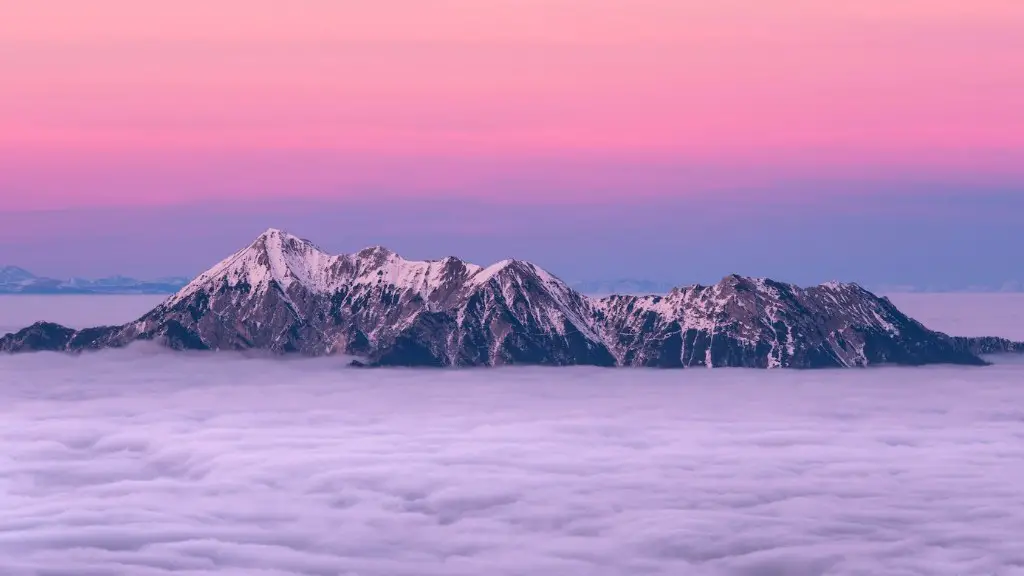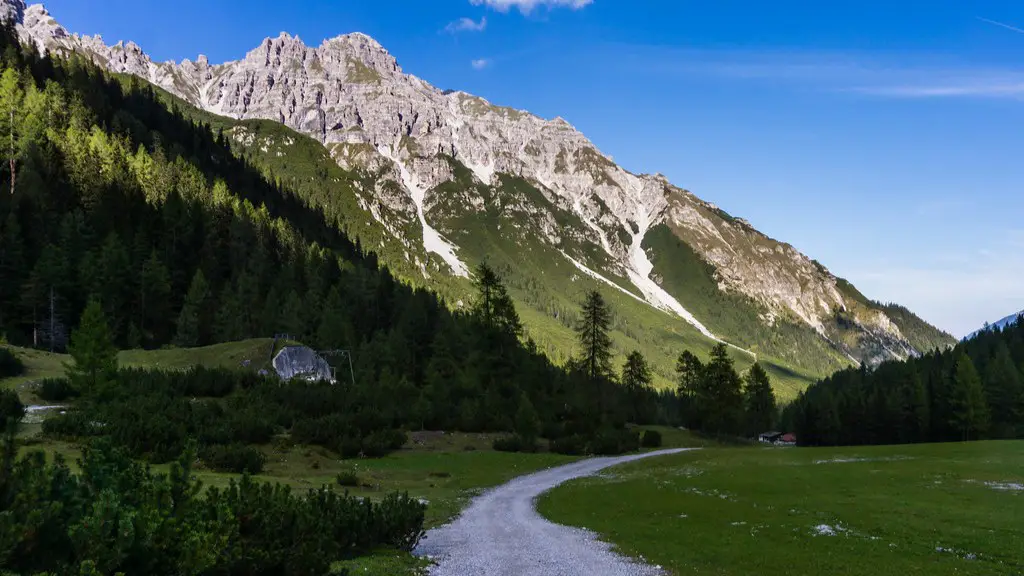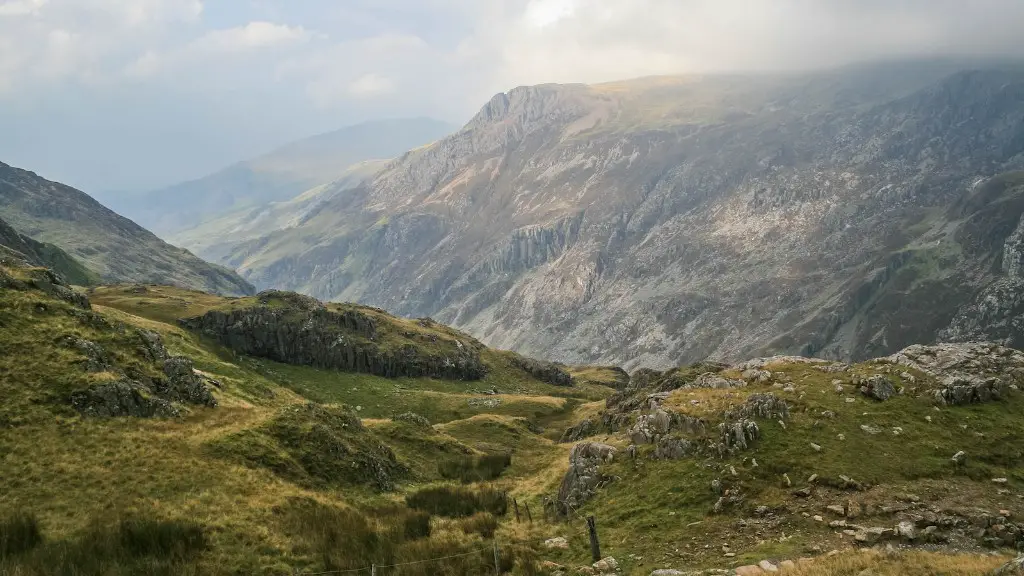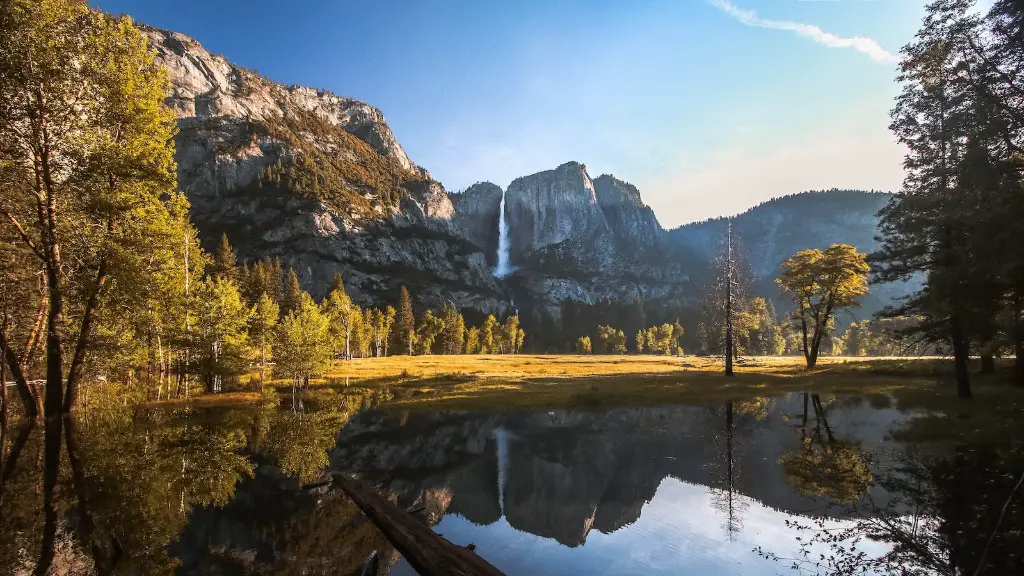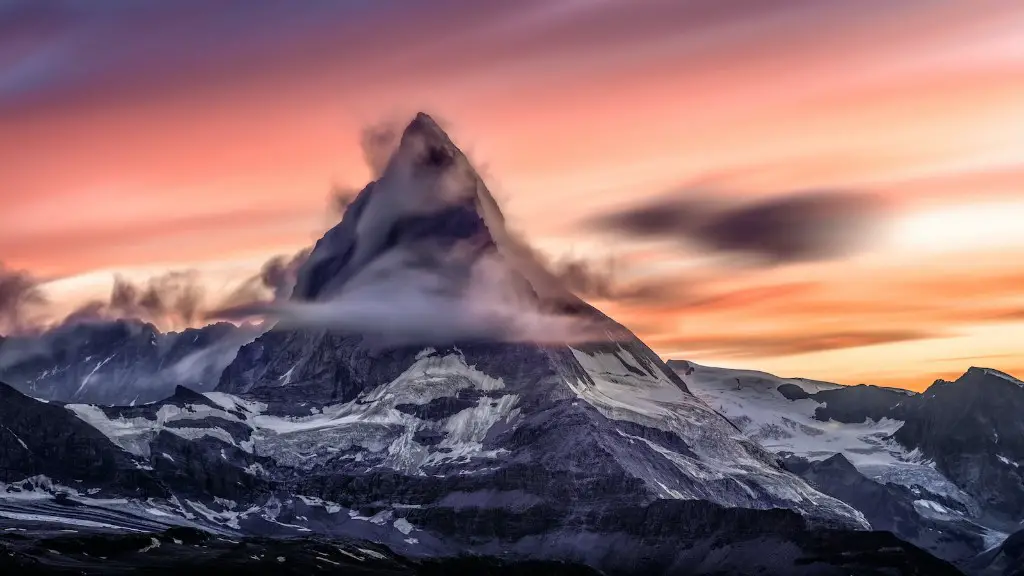More than 300 people have died on Mount Everest since the first recorded death in 1922. Most deaths occur during the descent, when climbers are tired and more likely to make mistakes. The most common causes of death are exposure to the cold, avalanches, falling, and rockfalls.
People can die on Mount Everest for a number of reasons. Some of the most common causes of death are exposure to the cold, exhaustion, dehydration, and altitude sickness. People can also die if they fall off the mountain or are caught in an avalanche.
What is the main cause of death on Mount Everest?
The top three causes of death on Everest are avalanches, falls, and mountain sickness. Avalanches are the most common cause of death, followed by falls and then mountain sickness. Mountain sickness can be caused by a number of factors, including exhaustion, dehydration, and lack of oxygen.
Since 1953, more than 300 climbers have died trying to reach the summit of Mount Everest. A third of these deaths were caused by lack of oxygen.
How people have died in Mount Everest
While the number of people who have died on Mount Everest is relatively small compared to other mountains, it is still a significant number. The first summit of the mountain was in 1953, and since then, the number of people who have died on the mountain has slowly ticked up each year. There are many factors that contribute to the death toll on Everest, including weather, avalanches, and altitude sickness. As the number of people who attempt to summit Everest increases each year, so does the number of people who die on the mountain.
When someone dies on Everest, it is almost impossible to retrieve the body. The weather conditions, the terrain, and the lack of oxygen make it difficult to get to the bodies. Even if they can be found, they are usually stuck to the ground, frozen in place.
How cold is it at the top of Everest?
The weather and climate of Mount Everest is one of extremes. Temperatures at the summit are never above freezing and during January temperatures can drop as low as -60° C (-76° F). Despite the low temperatures the biggest issue faced by climbers are hurricane force winds and wind chill.
The death zone is the area on a mountain above 8,000 meters (26,247 feet) where the air is so thin that it doesn’t support human life. The human body can only survive for a short period of time in this environment before succumbing to the extreme conditions.
Media outlets are now advising people not to stay in the death zone for more than 16 to 20 hours. This is because even shorter stays in the death zone can be deadly. Most of the 200+ climbers who have died on Mount Everest have died in the death zone.
So if you’re planning on climbing Everest, make sure to take this advice into account. And be aware of the dangers of spending too much time in the death zone.
What is the deadliest part of Everest?
The Khumbu Icefall is the most dangerous part of climbing Mount Everest. Even with the extensive system of ropes and ladders installed each climbing season by the ice doctors, climbers still face many dangers. Among these are avalanches, falling ice, and crevasses.
The 1996 Mount Everest disaster was one of the deadliest Everest tragedies in history. On May 10-11, 1996, eight climbers caught in a blizzard died on Mount Everest while attempting to descend from the summit. The victims included experienced mountaineers from Nepal, India, Japan, and the United States. The disaster highlighted the dangers of mountaineering and the need for proper safety precautions.
What are the chances of dying Everest
Mount Everest is the highest mountain on earth and attracts hundreds of climbers every year. However, it also has a 141% fatality rate, which means that more than one in four climbers who attempt to summit the mountain die in the process. This is largely due to the fact that the conditions on Everest are incredibly treacherous, and even experienced climbers can easily make a mistake that can cost them their lives. If you’re considering climbing Everest, you need to be aware of the risks involved and be prepared to face the possibility of death.
I agree with Ang Tshering Sherpa that the bodies of those who have died on Everest should remain on the mountain. It is very dangerous to try to remove them, and it is disrespectful to the dead to leave them there. I think that we should respect their final resting place and leave them be.
How fit do you need to be to climb Mount Everest?
In order to be a successful climber, it is important to be physically conditioned and have prior experience carrying a heavy pack. On average, climbers should be able to carry 30 lbs or more. Being physically and mentally prepared to deal with strenuous situations at high altitudes is essential for success.
With the cost of climbing Everest continuing to increase, it is important to be aware of the potential costs before embarking on your journey. While the average cost of climbing Everest in 2017 was around $28,000 to $120,000, the prices have continued to skyrocket and taking a trek up Everest in 2022 will cost you anywhere from $30,000 to $160,000. With the potential cost being so high, it is important to be prepared financially before undertaking your journey.
How cold is the death zone on Mount Everest
The temperatures in the death zone never rise above zero degrees Fahrenheit. This can cause many problems for climbers, such as frostbite and gangrene. It is important to be aware of the risks before attempting to climb in this area.
During the trek to Everest base camp, accommodations are the same throughout the route. The houses where you sleep are called lodges or teahouses. They are houses with normally more than two floors but sometimes only one, with dozens of rooms. This lodge is the Sherpa family’s own home 99% of the time (If not 100%).
Can you fall off the top of Everest?
Donald Lynn Cash, 55, reportedly fell at the top of Mount Everest in Nepal. The fall is said to have occurred early in the morning, when expeditions sometimes climb to the summit at night. This is a tragic story and our thoughts are with Mr. Cash’s family and friends.
The warmest months, July and August, seem to average around -2°F-0°F (-16°C to -18°C) during the night and perhaps a few degrees above this during the day. I would speculate that the warmest temperature to ever be reached on the summit to be in the 10-15°F (range -10°C to -12°C) on still and sunny days.
Can I climb Mount Everest for free
Hey everyone!
If you’re looking for an amazing adventure and want to get your trek for free, all you need to do is find ten others to join you on the trip! Once you have ten people who are willing to join and pay for their own trek, you won’t have to pay anything – your spot is complimentary. So get a group of your adventure-loving friends together and start planning your next great escape!
If you’re looking to tackle some of the world’s tallest mountains, you’re going to need more than just a few years of experience. mountaineering is a serious undertaking, and you’ll need to be properly trained and prepared before embarking on any expedition. Beyond general mountaineering experience, you’ll need to have good footwork, be self-sufficient, and know when to turn back. With the proper experience and preparation, you’ll be ready to take on any challenge.
Warp Up
When people die on Mount Everest, it is typically from one of three causes: exposure to the cold, falling, or getting hit by an avalanche. While most people who die on Everest die from exposure, with the low temperatures and high altitude, it is also possible to die from falling or getting hit by an avalanche.
Based on the available evidence, it appears that most people die on Mount Everest due to exposure to the cold, exhaustion, and/or altitude sickness. While there are many dangers on the mountain, these seem to be the most common cause of death. With more experienced climbers and better gear, the number of deaths on Mount Everest has decreased in recent years. However, it is still a very dangerous place and climbers should be prepared for the worst.
